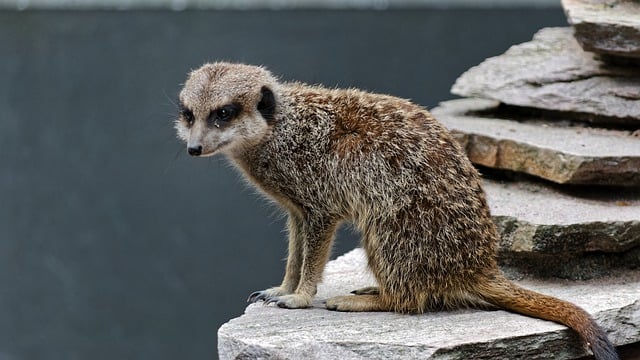
Overview of the Chapter
The chapter How to Tell Wild Animals from the CBSE Grade 10 English textbook First Flight is a humorous poem written by Carolyn Wells. It playfully describes various wild animals and their distinguishing characteristics in an exaggerated manner. The poem uses wit and irony to engage readers while subtly educating them about animal behaviors.
Key Theme: The poem humorously highlights the traits of wild animals, making it entertaining while also informative.
Summary of the Poem
The poem begins by introducing the idea of identifying wild animals in a jungle. The poet describes different animals in a comical way, suggesting that if an animal roars fiercely and you feel like you're dying, it's likely an Asian Lion. Similarly, if a creature with black stripes on yellow skin eats you, it must be a Bengal Tiger.
The poem continues with descriptions of other animals:
- Leopard: Spotted and always leaps on its prey.
- Bear: Hugs tightly, making it hard to escape.
- Hyena: Laughs creepily while its prey is still alive.
- Crocodile: Weeps fake tears while hunting.
Poetic Devices Used: The poem employs humor, irony, and exaggeration to make the descriptions amusing yet memorable.
Moral and Message
While the poem is light-hearted, it subtly teaches readers about the distinct behaviors of wild animals. The exaggerated descriptions serve as a mnemonic device, helping students remember animal traits in a fun way.
Important Questions for Revision
- How does the poet describe the Asian Lion and Bengal Tiger?
- What humorous traits are assigned to the bear and hyena?
- What is the significance of the crocodile's tears in the poem?
